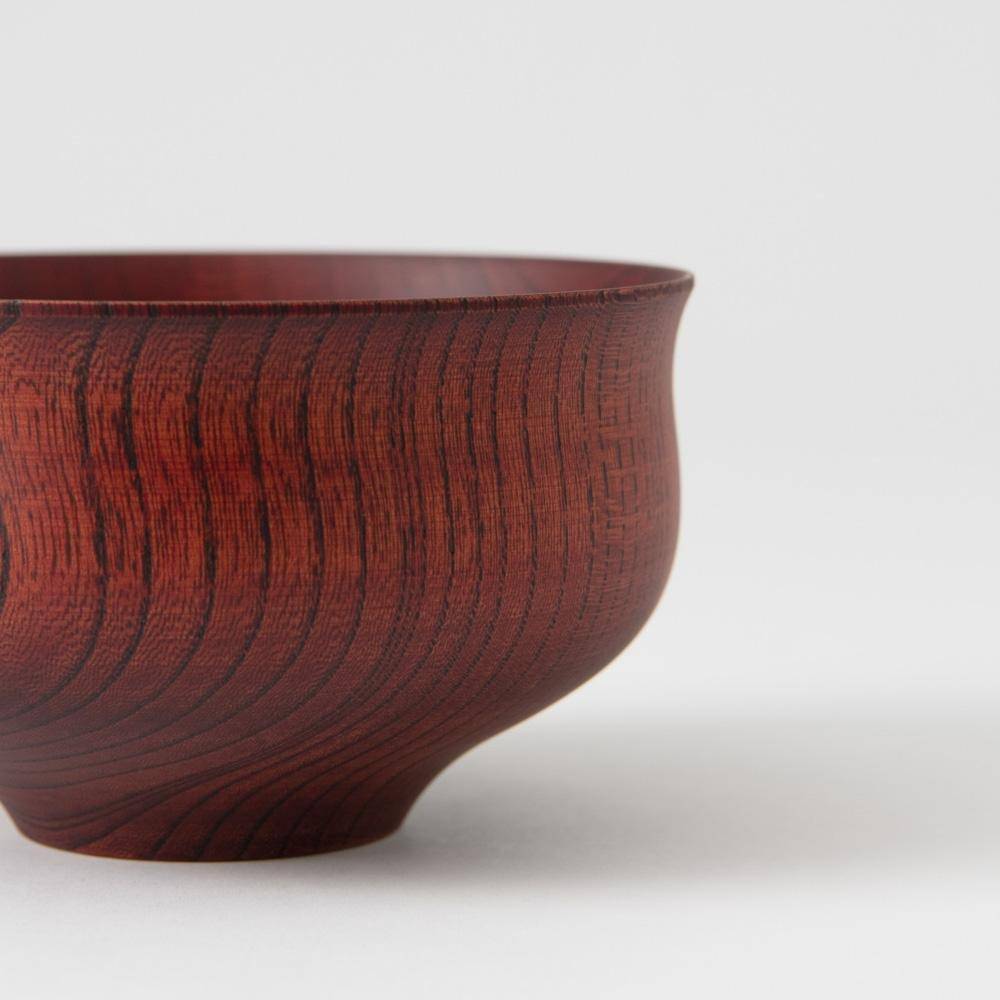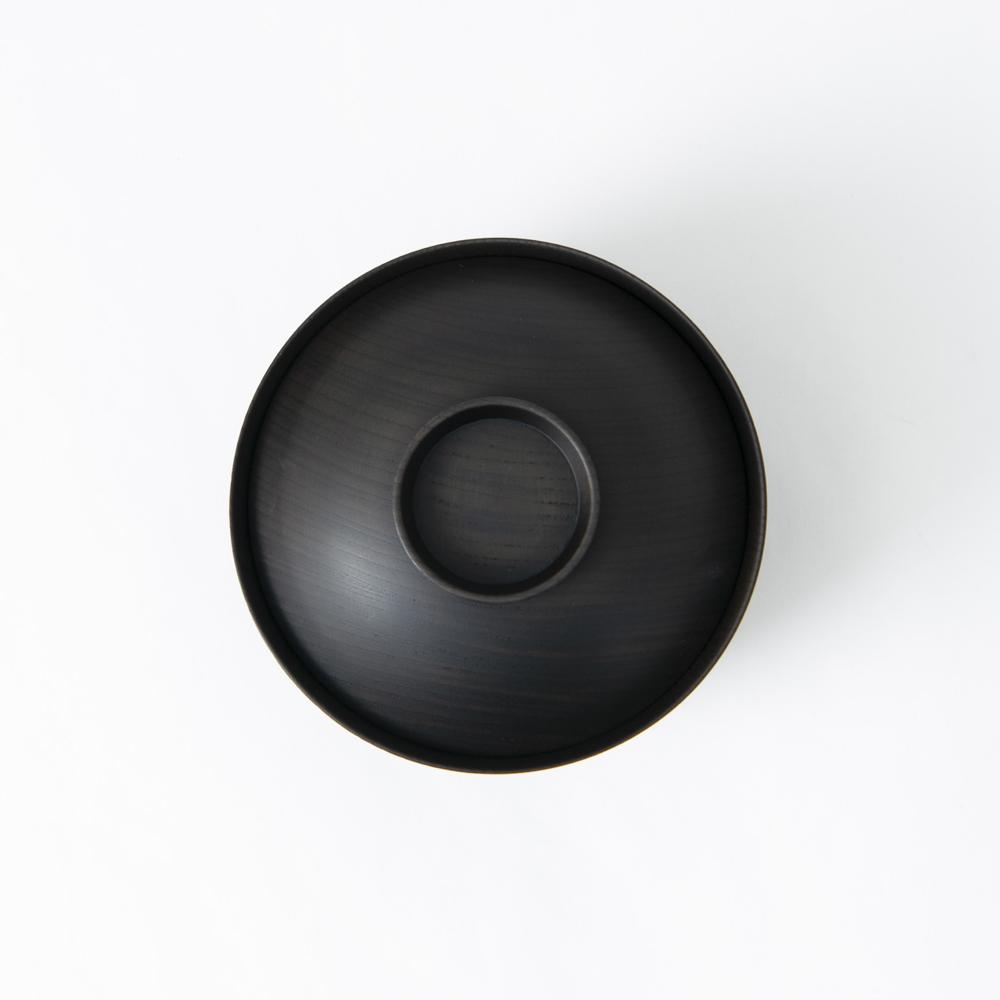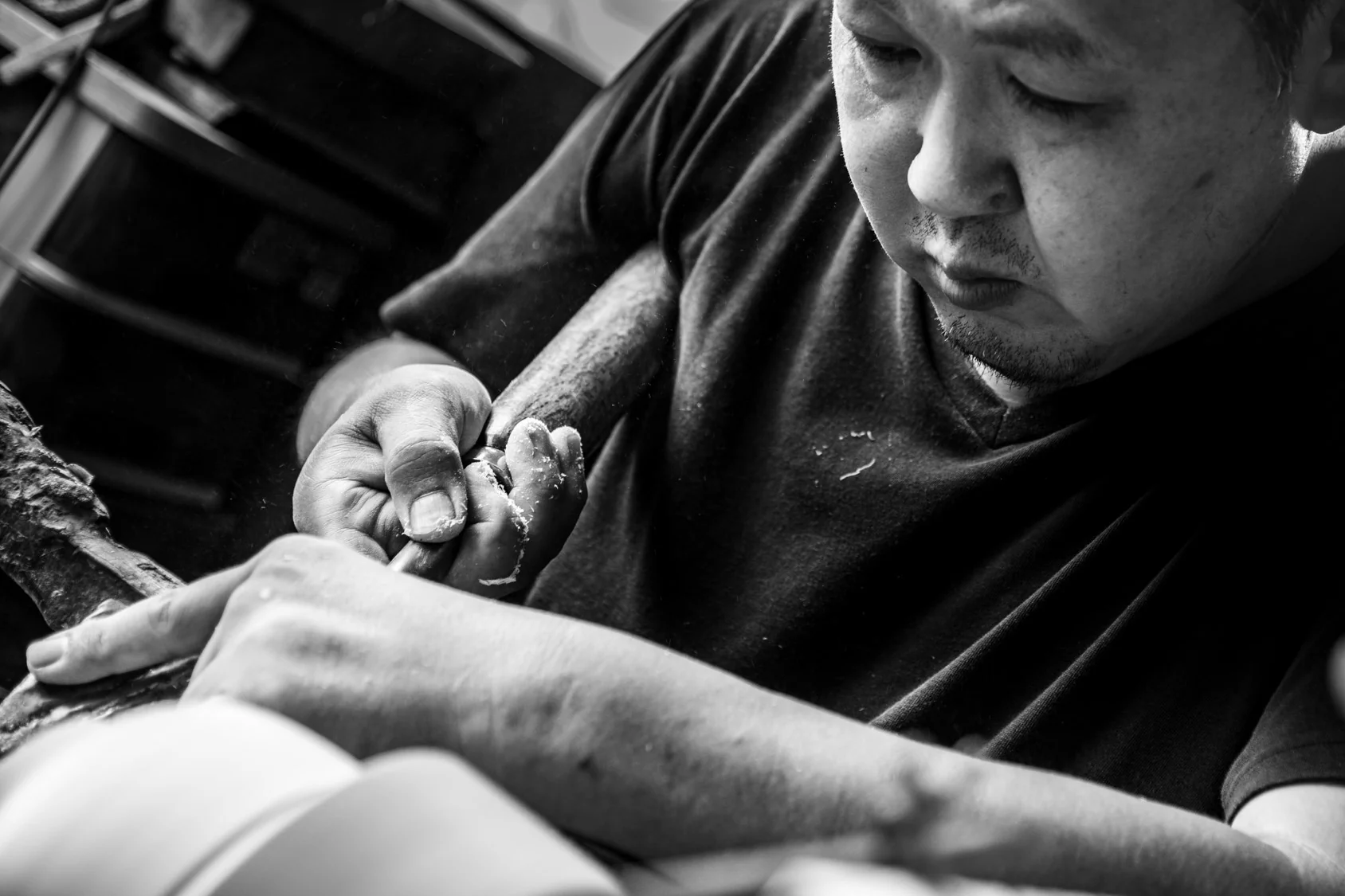





























TSUMUGI CHIDORI Miso Soup Bowl with Lid
Estimated Shipping Widget will be displayed here!
The shape of this soup bowl represents a bird's nest with eggs inside, and signifies prosperity of descendants.
It is made with the Japanese zelkova wood, characterized by moderate hardness and beautiful wood grain that are familiar to Japanese life.
The bowl comes with a lid to keep the soup warm and to create a beautiful presentation.
All GATOMIKIO products are made using the traditional woodturning technique called kijibiki, in which logs are carved into products while rotating on a lathe.
DETAIL
| Quantity | 1 |
| Size | D 12.5 cm (4.9 in) x H 10 cm (3.9 in) |
| Material | Wood |
| Package Type | Paper box |
| Microwave | No |
| Dishwasher | No |
Maker / Brand / Series
Origin
Choose options






























Estimated Shipping Widget will be displayed here!
Japanese Soup Bowls

"Kiji-shi", Woodturning Craftsmen of Yamanaka Lacquerware

Lacquer Craftsmen of Yamanaka

How to Care for Japanese Lacquerware

International Shipping
Multiple shipping options available, with discounted shipping for orders over 500000 and free shipping over 5000000.
Insured shipping service
Full compensation for any accidental damage that may occur during transit.
Made by Japanese craftsmen
Fair prices plus free furoshiki wrapping with every order.

